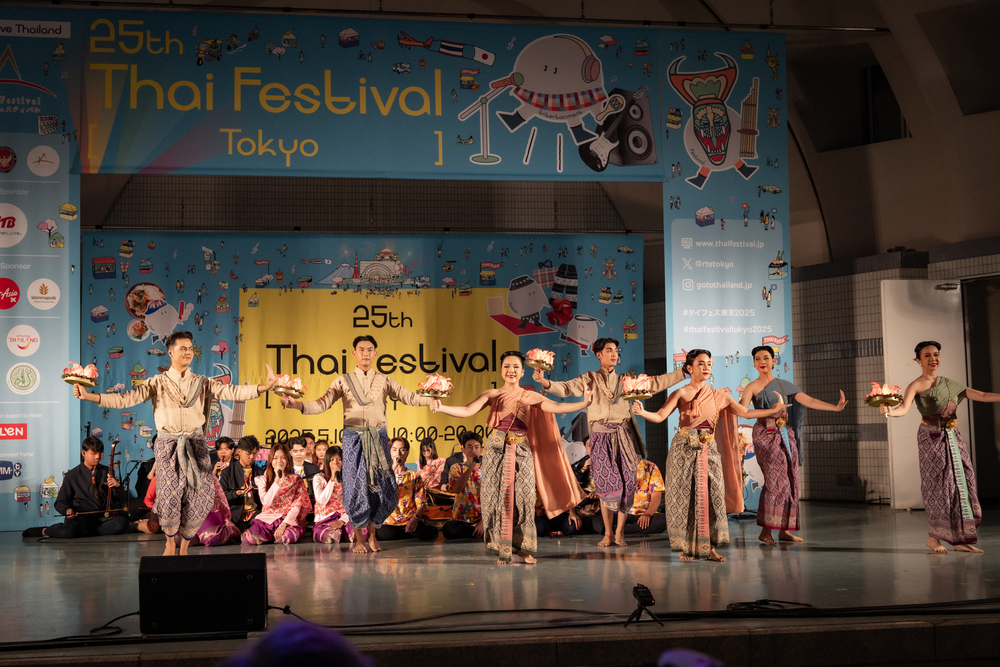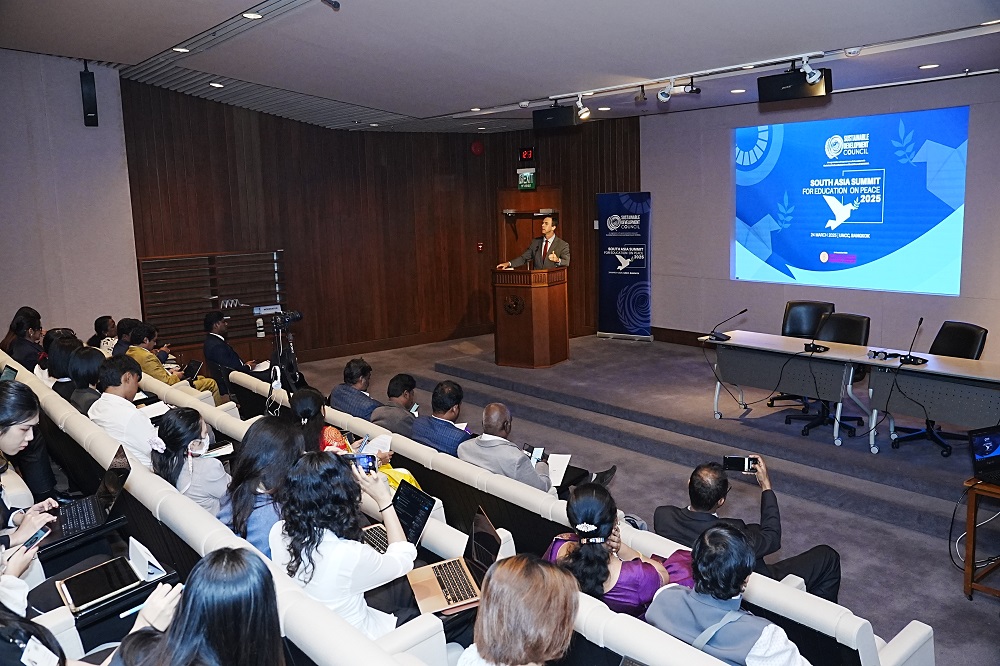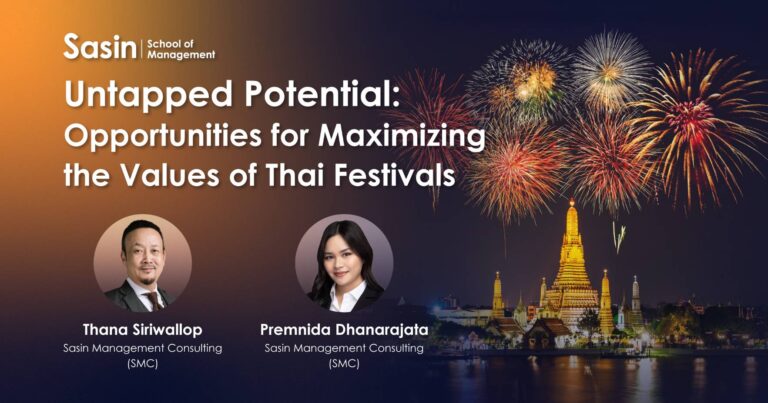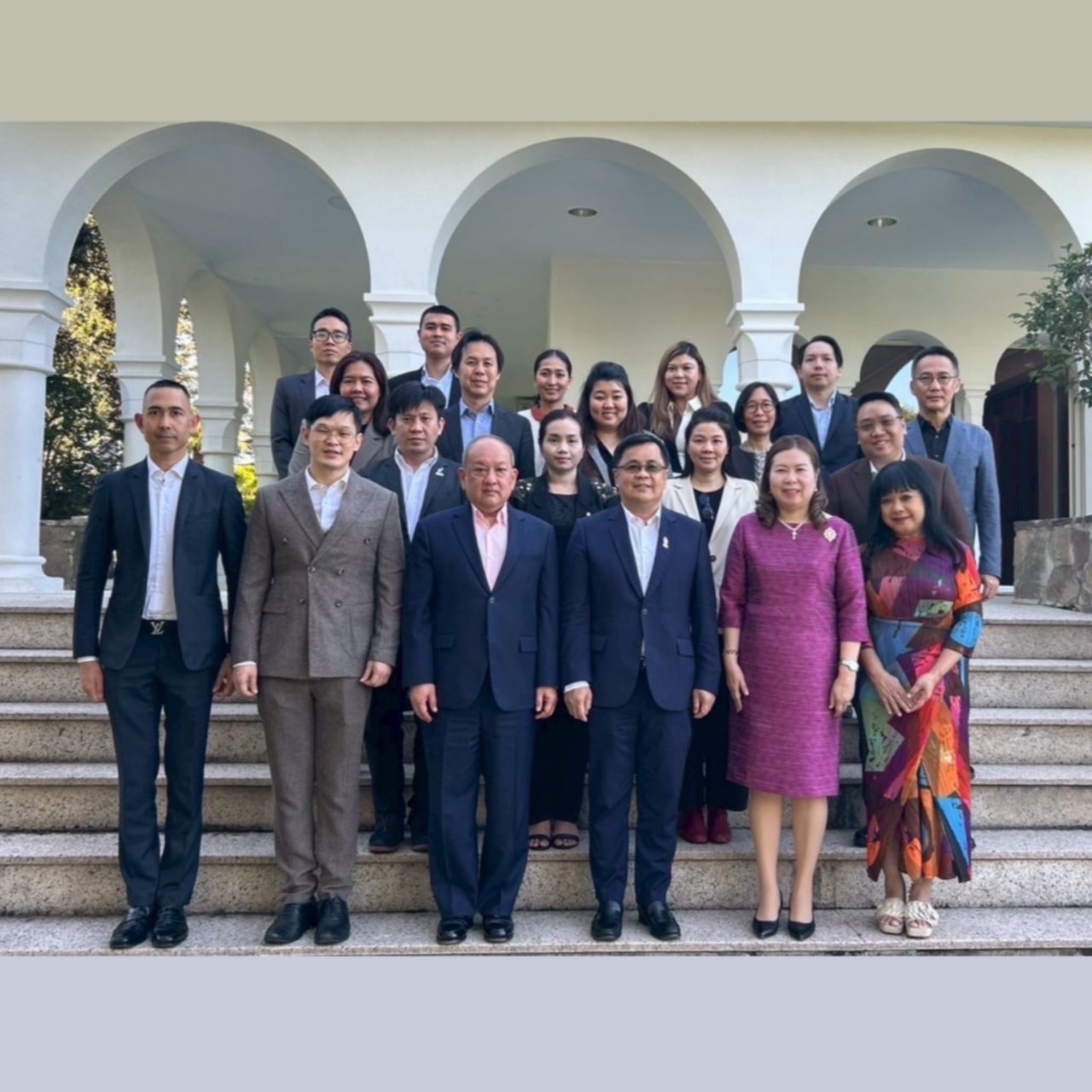A lecturer from the Department of Biochemistry, Faculty of Science, and the Center of Excellence in Molecular Crop, Chulalongkorn University, has developed the innovative Arto Sucrose-Reduced Technology—an enzyme-based process that transforms sucrose in fruits into prebiotic compounds. This breakthrough allows fruit-derived purées to be used as healthier food ingredients, aligning with the growing trend toward health-conscious food products.
Fruits such as durian, mango, banana, as well as desserts like ice cream and cake, are widely loved. However, concerns about high sugar content, which contributes to chronic conditions such as diabetes, cardiovascular disease, kidney disorders, and hypertension, often lead people to limit their consumption.
“During durian season, medical professionals often warn patients against excessive consumption due to the fruit’s high sugar content,” said Professor Dr. Supaart Sirikantaramas, Department of Biochemistry, Faculty of Science, Chulalongkorn University. “While durian is indeed rich in sugars, it also contains valuable nutrients. We sought a way to preserve these benefits while reducing the sugar content—leading to the development of a healthier durian product.”
Professor Dr. Supaart Sirikantaramas Department of Biochemistry, Faculty of Science, Chulalongkorn University
This research laid the groundwork in 2022 for the development of Arto Sucrose-Reduced Technology, a method that utilizes a tailored blend of food-grade enzymes to convert sucrose—a disaccharide sugar commonly associated with metabolic disorders—into beneficial prebiotic sugars. This process reduces sucrose content by up to 65% while retaining the fruit’s nutrients.
“Thailand cultivates many economically important fruit crops. However, seasonal oversupply often necessitates processing, which can further concentrate sugars—particularly sucrose—during drying or cooking. Our goal was to reduce sucrose levels in these fruits, thereby enhancing their health benefits,” Prof. Dr. Supaart explained.
Arto Sucrose-Reduced Technology: From “Wicked” to “Wholesome”
Arto Sucrose-Reduced Technology harnesses enzyme biotechnology by using specific combinations of commercially available enzymes to selectively hydrolyze and convert sucrose into prebiotic sugars, such as fructo-oligosaccharides (FOS). These prebiotics promote gut health and have been associated with improved metabolic outcomes.
“While there have been studies on enzymatic conversion of sugars into prebiotics, none have applied this approach to dried fruit products,” said Prof. Dr. Supaart.
The initial experiments were conducted at the pilot food processing facility of the Faculty of Science, Chulalongkorn University, located in Saraburi Province. The research team collaborated with local farming communities, using raw mangoes from Wang Nam Bo (Phitsanulok Province) and bananas from the Jukrasher community (Chachoengsao Province).
“Farmers in these areas grow varieties such as Cavendish (Hom) and Nam Wa bananas. While prices can occasionally be high, they often face oversupply issues. Using Arto technology, we can transform excess produce into value-added products like dried bananas, banana cakes, and reduced-sugar ice cream,” he added.
The technology can be applied to both fresh purées and dried fruit. For dried fruits, the enzymes are introduced through a specialized process that ensures they remain active under the drying conditions, allowing for effective sucrose conversion.
“We have developed an optimized protocol for enzyme incorporation during the fruit drying process, enabling the enzymes to catalyze the breakdown of sucrose into prebiotics,” Prof. Dr. Supaart explained.
This innovation not only addresses health concerns related to sugar consumption but also supports local agriculture by providing farmers with an opportunity to transform surplus fruit into functional food products for the health-conscious market.
“We purée fruits such as mango and banana, add a specific blend of enzymes, and then process the mixture under controlled conditions to convert the sucrose into prebiotic compounds. The resulting purée can be used as a healthy ingredient in various products, such as mango smoothies, banana cakes, and banana chocolate ice cream,” explained Prof. Dr. Supaart.
He noted that Arto Sucrose-Reduced Technology is applicable to any sweet fruit with high sucrose content—such as durian, banana, and pineapple—as well as to high-sugar plant-based raw materials like palm juice and sugarcane juice. In these sources, sucrose can be enzymatically converted into beneficial prebiotics.
“Currently, we set the sucrose reduction at 65%, but this level can be adjusted further based on consumer preference and product development needs,” he added.
Does reduced sweetness affect the original taste?
Prof. Dr. Supaart responded, “It depends on the type of raw material. For bananas, the taste remains largely unchanged. However, the mango smoothie develops a flavor more reminiscent of mango chutney. Whether the enzyme treatment and processing alter the original flavor is ultimately a matter of consumer preference. For those who enjoy the tangy, savory profile of mango chutney, the result is actually quite delicious.”
Purée as the Core Product, with Finished Products as Secondary
At present, Arto Sucrose-Reduced Technology offers four innovative products derived from its enzyme-treated purée:
Refreshing Mango Smoothie
Flourless Banana Cake
Energizing Choco Banana Sherbet
Nature’s Candy: Sugar-Reduced Dried Banana
The core focus remains on producing sugar-reduced fruit purée, which can serve as a functional ingredient for various health-oriented food applications, with the finished consumer products demonstrating the technology’s versatility and appeal.
“For the Energizing Choco Banana Sherbet, we transform banana purée into a sherbet-style ice cream. Those who have tried it said it has a distinct banana aroma complemented by a rich cocoa flavor. The sugar-reduced dried banana also received positive feedback for both taste and texture,” shared Prof. Dr. Supaart, reflecting on consumer responses.
Focus on Reduced-Sugar Purée as the Core Product
While Arto offers finished consumer products, Prof. Dr. Supaart emphasized that the primary focus is on promoting and supplying the reduced-sugar fruit purée.
“Our goal is to find partners who can incorporate our upstream product—the reduced-sugar purée—into their own food innovations. However, because its application may not be immediately obvious, we created prototype products like ice cream and banana cake to showcase its potential. Now, we’re in discussions with entrepreneurs interested in using the purée as an ingredient. Some are also exploring selling the finished products—either under the Arto brand or their own branding.”
Empowered by Chula Spin-Off and CU Innovation Hub
Products developed through Arto Sucrose-Reduced Technology, including both fruit purée and processed items, are marketed by InnoPhytoTech—a company founded to develop innovative biochemical solutions for the food and beverage industry. InnoPhytoTech aims to provide consumers with healthier product alternatives that also reduce environmental impact.
The company is a part of the Chula Spin-Off initiative, supported by the CU Innovation Hub, which brings together researchers from Chulalongkorn University to collaborate, share expertise, and drive research-based innovations into practical applications that contribute to the Thai economy.
Guidance from CU Innovation Hub
Prof. Dr. Supaart has also received valuable support from the CU Innovation Hub throughout the development of Arto Sucrose-Reduced Technology.
“We’ve been consulting with the CU Innovation Hub from the very beginning. They provided guidance on project management and business development. Early on, we received training in entrepreneurship, access to funding opportunities, and participated in various events. Their recommendations have also been instrumental in helping us explore marketing and investment channels,” he explained.
Products Aligned with Health Food Trends
Following the success of converting sucrose into prebiotics using enzyme technology, Prof. Dr. Supaart is now exploring the next phase of innovation—converting carbohydrates into value-added nutrients—to further support the rising global demand for functional, health-oriented foods.
“Healthy eating is a growing trend, especially in Europe. Fruit juice consumption has declined due to concerns about high sugar content, even though fruits are also rich in antioxidants. The question is: how can we reduce the sugar while retaining the nutritional benefits? Globally, there’s a clear shift toward developing foods that are both healthier and more nutrient-dense.”
To stay at the forefront of innovation, his team continues to monitor global research in starch-to-nutrient conversion and evaluate opportunities for further development.
“We need to keep up with advancements in converting starches into functional compounds. But the real challenge lies in industrial application—how to scale up the process effectively without complications. It’s also important that our raw materials are locally available, so we can work directly with communities. Above all, our technology must be scalable and practical.”
From Lab to Life: The Importance of Outreach
“As scientists, we often lack the expertise to market or commercialize our innovations. No matter how groundbreaking the research, if it doesn’t reach users, it goes nowhere. To create real impact, researchers must step out—engage with communities, consumers, and entrepreneurs—to gain insights and drive continuous development,” Prof. Dr. Supaart emphasized.
In the meantime, Arto Sucrose-Reduced Technology offers a guilt-free solution for those craving dessert—delivering delicious treats that are lower in sugar and rich in healthy prebiotics.
Read more at: https://www.chula.ac.th/en/highlight/232419/










.jpg)

